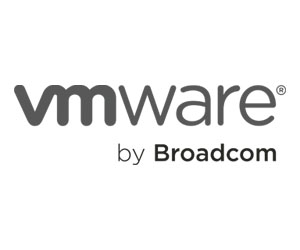Agencies also operate under strict security compliance mandates, particularly when handling sensitive data or citizen services. VCF’s private cloud model offers direct oversight and robust tooling for compliance.
“It supports a wide variety of compliance standards,” says Kevin Meccia, senior field solutions architect at CDW.
Users can establish dashboards around compliance and auditing using VCF, so agencies can track if the environment meets requirements.
“As changes take place, it will identify if something becomes out of compliance,” Meccia says.
DISCOVER: FedRAMP 20x aims to leverage automation like never before.
I Can’t Believe It’s Not Public Cloud!
Flexibility and scalability are equally crucial for agencies whose workload needs vary widely. Federal IT teams can tailor infrastructure to exact requirements with VCF, without being limited by the predefined service offerings typical of public cloud vendors.
“You can use a variety of infrastructure — different server types, storage options, compute sizes — whereas cloud offers just a couple of options,” Meccia says.
VCF replicates key aspects of public cloud — particularly automated provisioning — within the agency’s own data center.
DIVE DEEPER: Are agencies using their innovation budgets meaningfully?
“A lot of customers are looking for that automated type of provisioning that public cloud offers,” Walker says. “Being able to model and frame that exact type of framework on-premises, where you control the security policies, is very helpful.”
Still, the transition to a private cloud model such as VCF isn’t without its challenges. Agencies often lack in-house expertise to implement microsegmentation, networking configurations or workload domain planning.
There are also infrastructure readiness concerns.
“Do they need to make changes to better align their infrastructure with the capabilities of the private cloud?” Meccia says. “That could be building out workload domains aligned to use cases or utilizing automation to streamline operations.”














